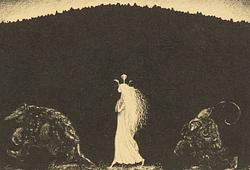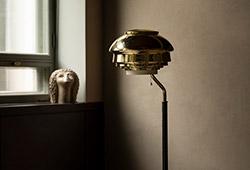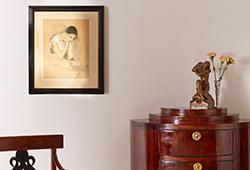Nathalie Djurberg & Hans Berg
"The Brain Has Corridors (Diamond Dog)"
Signed certificate included in lot. Executed in 2019. Plasticine, silicone, acrylic paint, fabric, Swarowski Crystals, filling, epoxy, wood, wire. Height 74.3 cm, including pedestal 154.3 cm.
Alkuperä - Provenienssi
Tanya Bonakdar Gallery, New York.
Private Collection, Stockholm.
Muut tiedot
Djurberg and Berg are counted amongst Europe’s best and most unique artists. Djurberg creates stop-motion animations that musician and composer Berg, sets to music, in a close collaboration that began about fifteen years ago. Videos, spatial installations and sculptures form the foundation of their work. The relationship between humans, animals and forces of nature is the constant, vibrant theme that occupies their shared universe.
The duo’s work contains a large amount of dark humour as well as references to popular culture and art history. Berg’s hypnotic music evocatively emphasises the various emotional states, propelling the story forward. The characters’ sense of isolation is clear – they often project a kind of loneliness, have low self-esteem or a distorted self-image, and looks or behaviours that aren’t usually socially accepted.
The suffering, the inertia, the anger and the sadness – it is all a reflection of the artist herself, even if the events and the characters aren’t autobiographical. As the stories generally tend not to have a clear beginning or an end they are left open to interpretation. Perhaps something happens in a parallel world that changes the ending of the video, or lets it begin where the previous one ended? The films are often about daring to face your nightmares or fears, and having the courage to see what can come out of those encounters.
The world is in constant transformation in Djurberg’s videos. Bodies lose their shapes and acquire new ones in complicated and grotesque metamorphoses. The boundary between animal and human is fluid – they move in the same worlds. The narrative technique is reminiscent of classic children’s stories. At first glance the films appear to follow a traditional narrative, but then surprise the viewer by turning into something completely unexpected. The characters, through instinctive actions, affirm and explore their sexuality and bestiality.

























































































































